
Forgotten by many and ridiculed by the rest, the eye-catching estates’ days are numbered, as modern town planners look to impose their own visions on the Parisian suburbs.
For Kronental it was “essential” to create a record not only of the architecture of the estates but also of their elderly residents, drawing parallels between the little-loved buildings and the people living inside them.
“By switching from portraits to landscapes, in which the person is lost in the vast neighbourhood, I wanted to stress the scale ratio between the individual and his city,” Kronental says. “As I met the senior citizens, I realised most of them were not aware of their relationship to their surroundings. They had not seen themselves ageing and had not foreseen their current difficulties resulting from a lack of care services and society’s disregard of them.”

Like Minami he had to build trust with the locals, although his initial visits tended to take place before 6am, “in the blue hours of the morning”. “I needed to immerse myself in the character and the atmosphere of the location in order to better capture it,” he says. “It was an amazing feeling: the deserted estates, the silence of the sleeping city, the scattered apartment lights glittering in the dark.”
He gave talks in community centres and met with various residents’ groups, although he also approached people in the street who caught his eye. “It took some boldness, dedication and diplomacy to convince the tenants,” he remembers, “and also time, patience and perseverance.”
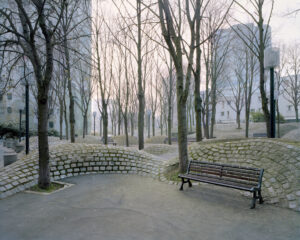
Again like Minami, Kronental does not exploit the faded-glory narrative of the Grands Ensembles. His pictures are taut and respectful; his subjects – whether built or breathing – do not seek pity – and Kronental is not trying to impose it. Instead he wants to create an interlocking case study, “a human and an urban genealogy”.
Both the Nakagin Capsule Tower and the Grands Ensembles embody a future that never arrived, but Minami and Kronental’s projects both prove it’s possible to tell these stories in a dignified way – by refusing to separate the buildings from the people whose presence ultimately defines them.
1972. Nakagin Capsule Tower is published by Kehrer, priced €34.90. www.noritakaminami.com
See more of Laurent’s work here.
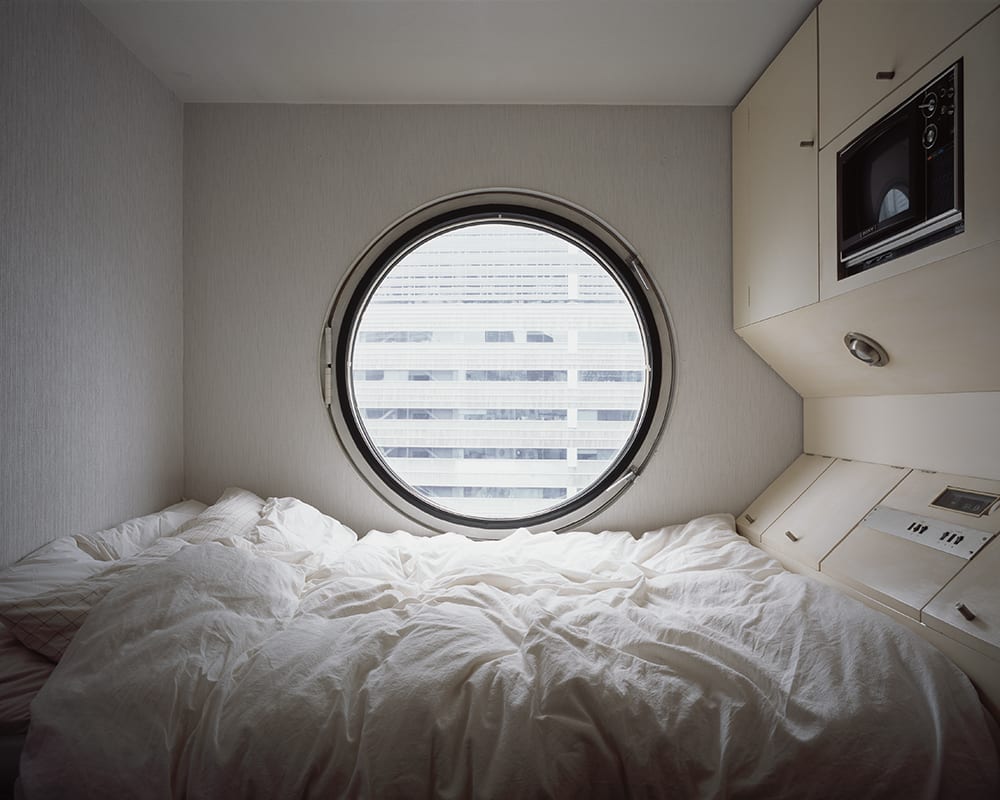


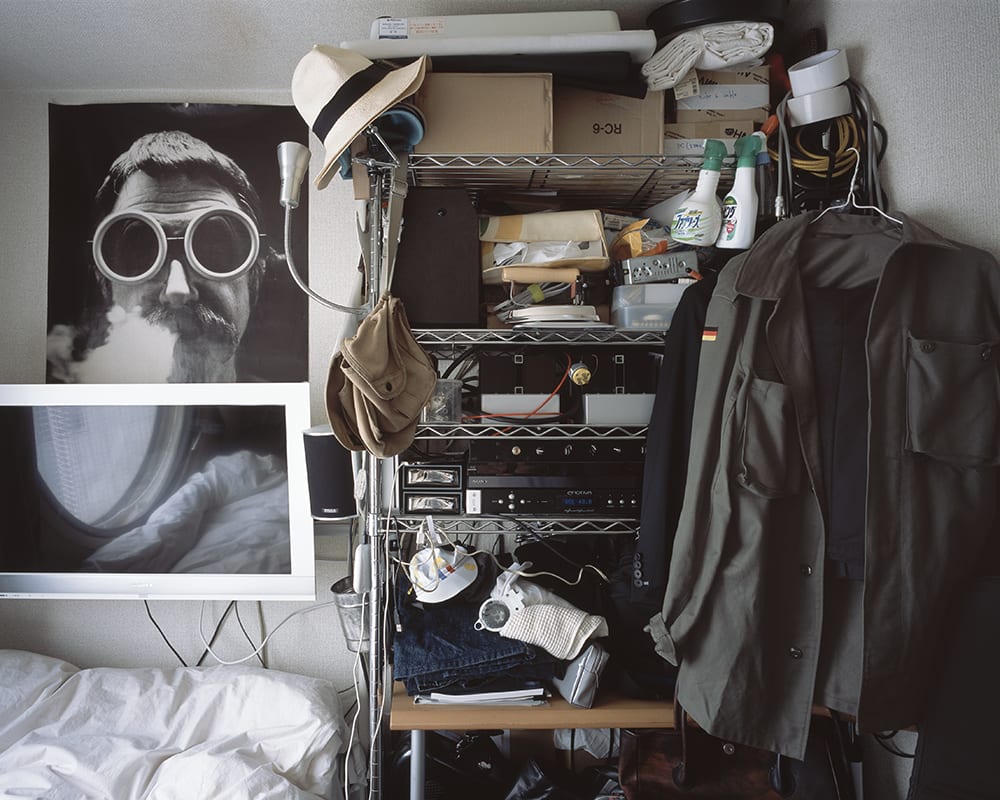
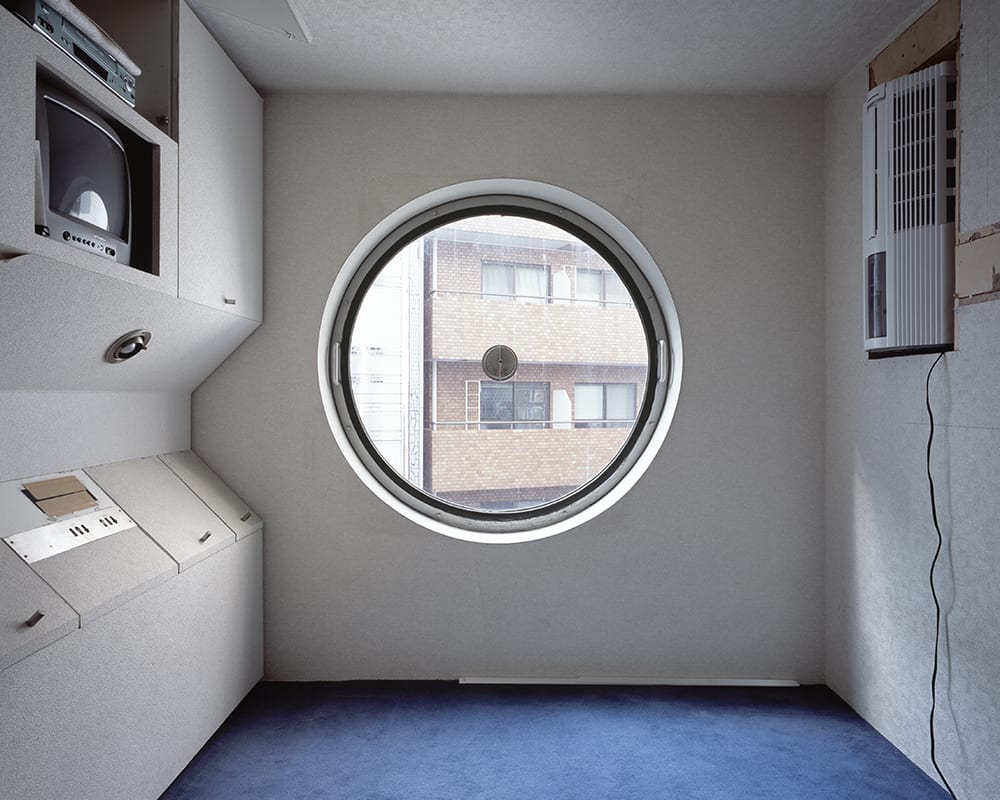
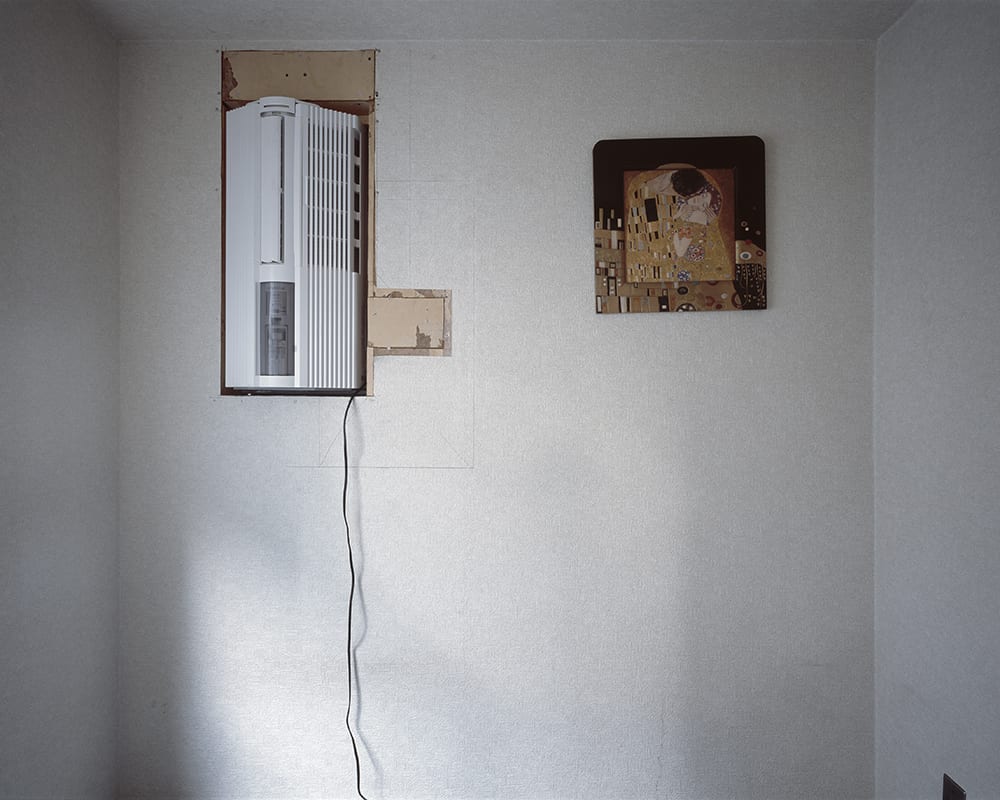
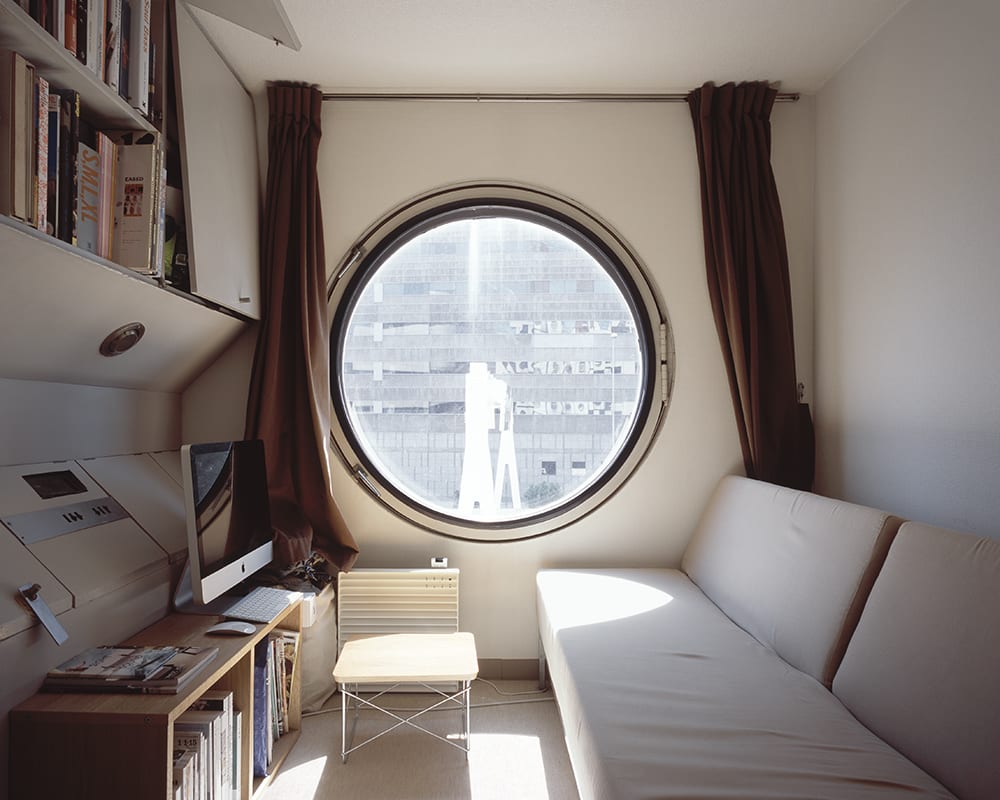

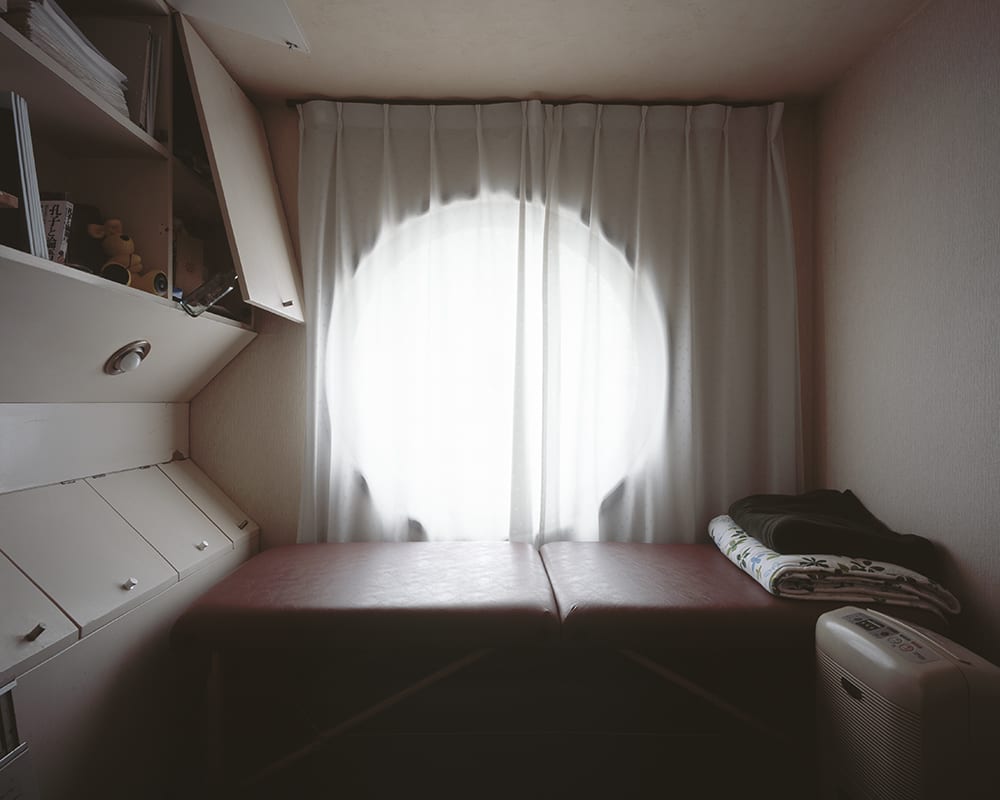
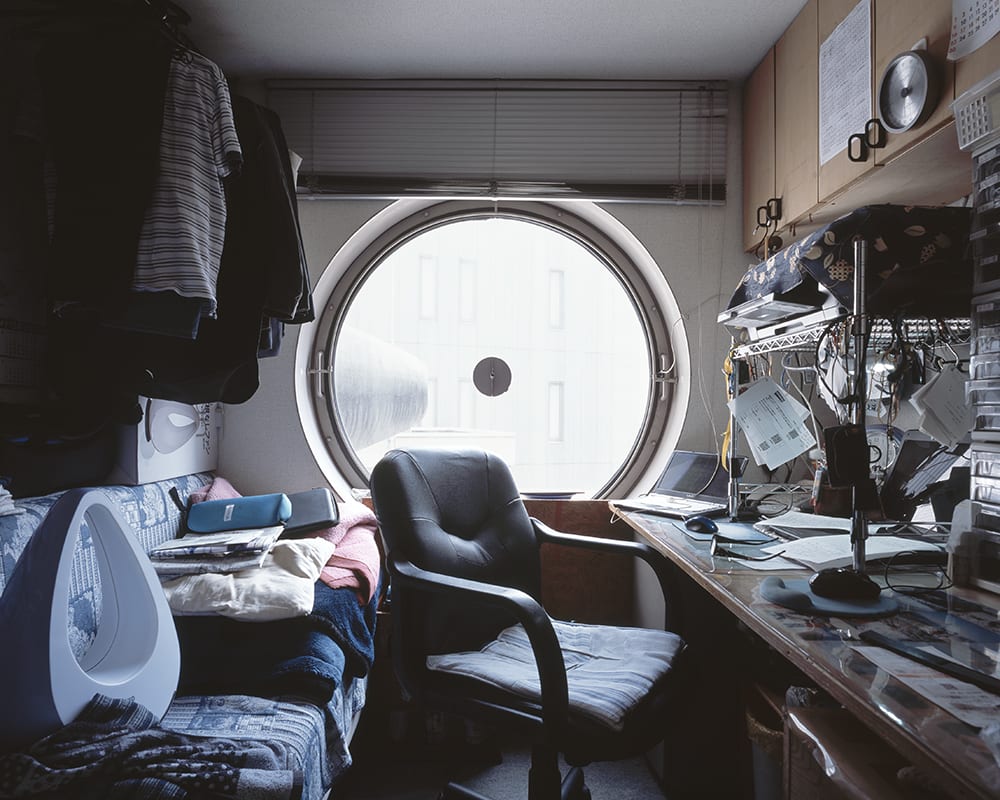
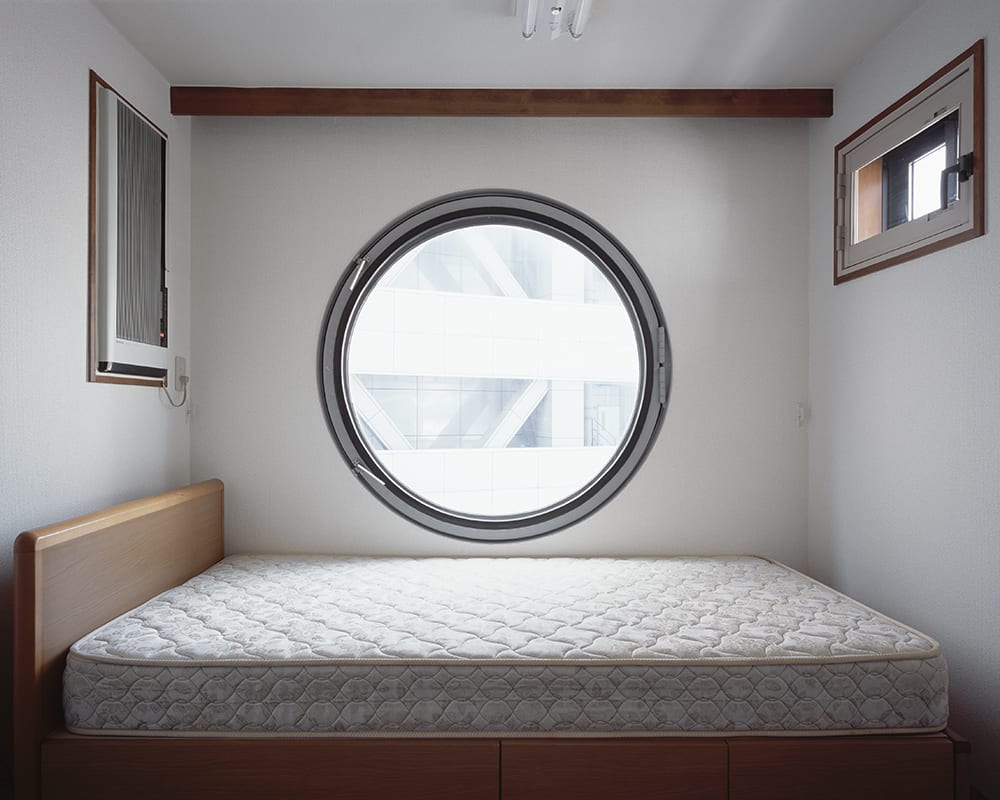
First published in the November 2015 issue of BJP.
